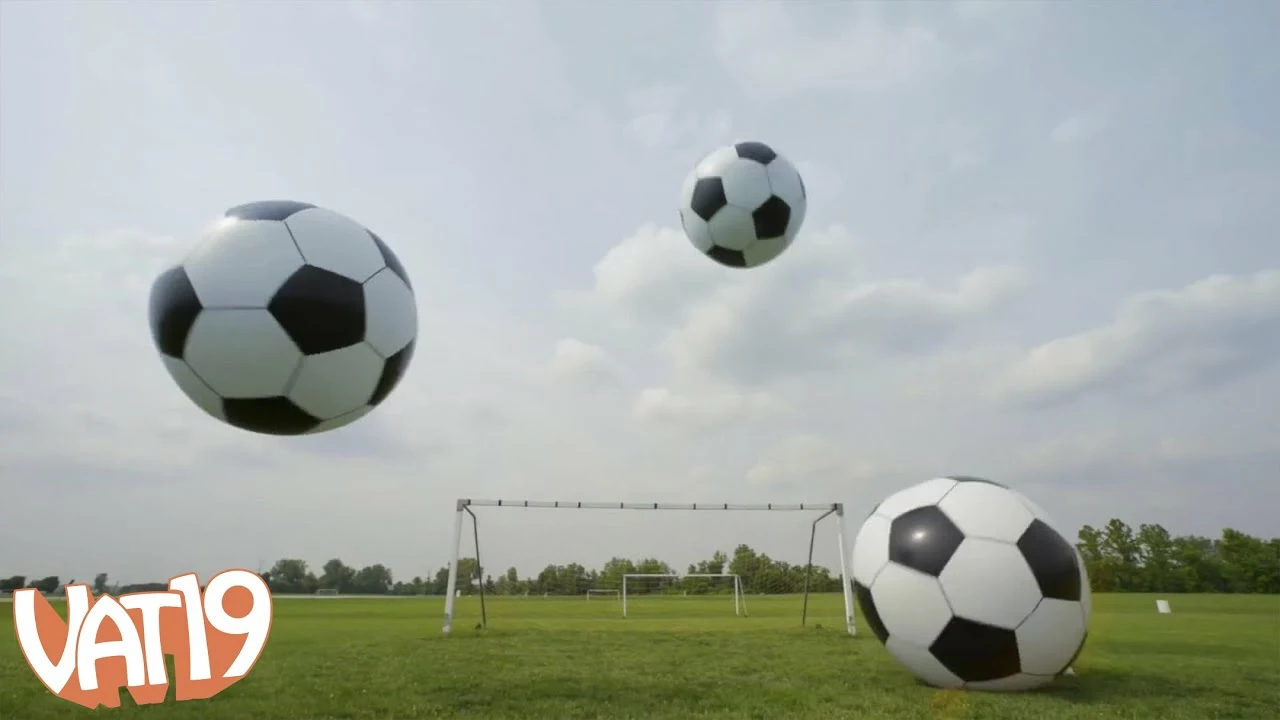Air in Soccer: How to Use the Sky to Your Advantage
Ever watch a match where a ball flies in perfectly and a striker meets it with a thunderous header? That’s the magic of air in soccer. It isn’t just luck – it’s timing, positioning, and a bit of physics. In this guide we’ll break down the basics of aerial play, give you drills to improve your heading, and show how crossing and positioning work together. By the end you’ll know how to make the ball’s flight work for you, not against you.
Understanding Aerial Basics
First things first: the ball’s trajectory. When a cross or a long ball is sent, the key is the angle of ascent and the speed. A steeper angle gives you a higher target but less distance, while a flatter cross travels farther but stays low. Players who read these cues can anticipate where the ball will land. Positioning matters too – staying just inside the defender’s line gives you a better chance to meet the ball with your head without getting caught off‑side.
Practical Heading Drills
Want to head like a pro? Start with simple drills. Find a partner who can toss a ball underhand at a moderate height. Your goal is to meet the ball at its highest point and direct it back to a target. Focus on neck strength – keep your head still and use your upper body to generate power. Progress to jumping drills: set up a cone marker, sprint, then leap to meet a ball served from the side. Repeating this builds timing, balance, and the confidence to win aerial battles in real games.
Crossing is the other side of the air game. Good crosses come from the right spot on the wing and at the right speed. The sweet spot is usually around 15‑20 meters from the goal line, where the ball can dip just enough for attackers to meet it cleanly. Practice by placing a mannequin or a static player in the box and delivering crosses from various angles. Notice how the ball’s spin affects its drop – a topspin makes it dive quicker, while a backspin keeps it loftier.
Finally, incorporate air awareness into your regular training. During scrimmages, make a rule that every attack must include at least one aerial pass. This forces everyone to think about positioning, timing, and where the ball will be in the air. Over time, reading the flight path becomes almost instinctive, and you’ll see more goal‑scoring chances from headers and well‑timed runs.
Air isn’t just a background element in soccer; it’s a weapon. Mastering it gives you an edge whether you’re a striker, a defender, or a winger. Use the tips above, stay consistent with the drills, and watch how your game lifts off – literally.

Will a soccer ball go farther filled with helium or air?
This article will explore whether a soccer ball will travel farther when filled with helium or air. In order to understand the answer, it's important to consider the properties of helium and air, and how each affects the ball's flight. Helium is a lighter gas than air, which means it will provide less resistance and help the ball to move more quickly. On the other hand, air is denser and will provide more resistance, slowing the ball's flight. Therefore, a soccer ball filled with helium will generally travel farther than a soccer ball filled with air. It is also important to consider the environment in which the soccer ball is released. If air is still and the ball is released in a windless environment, the ball filled with helium will have an even greater advantage and may be able to travel even farther.
View More